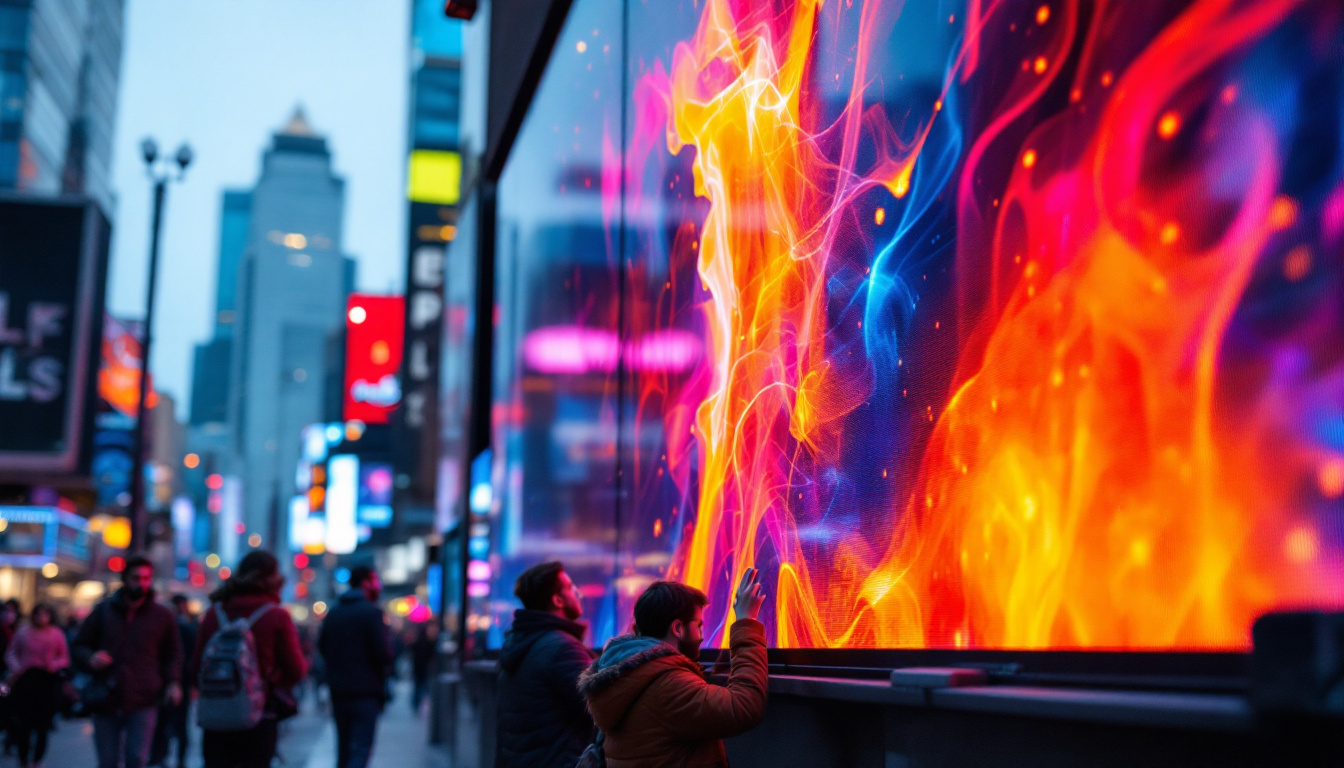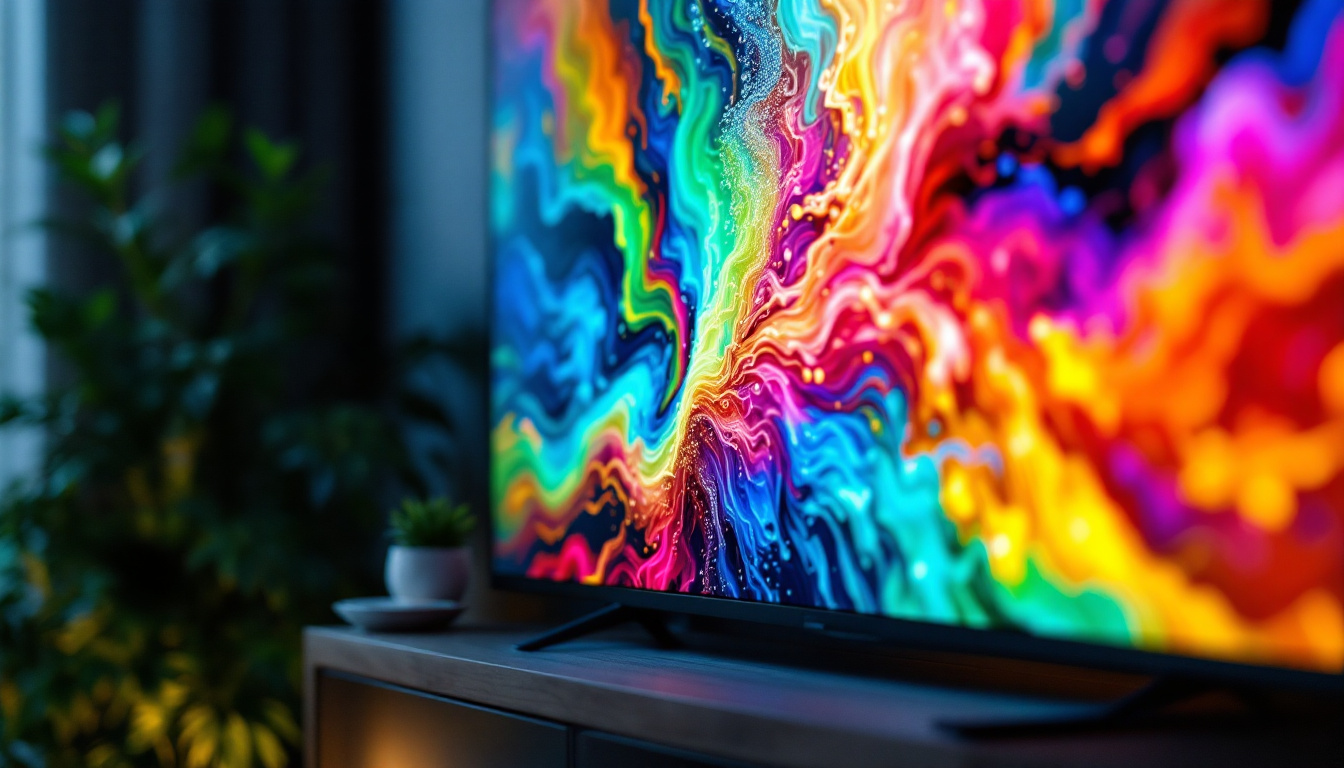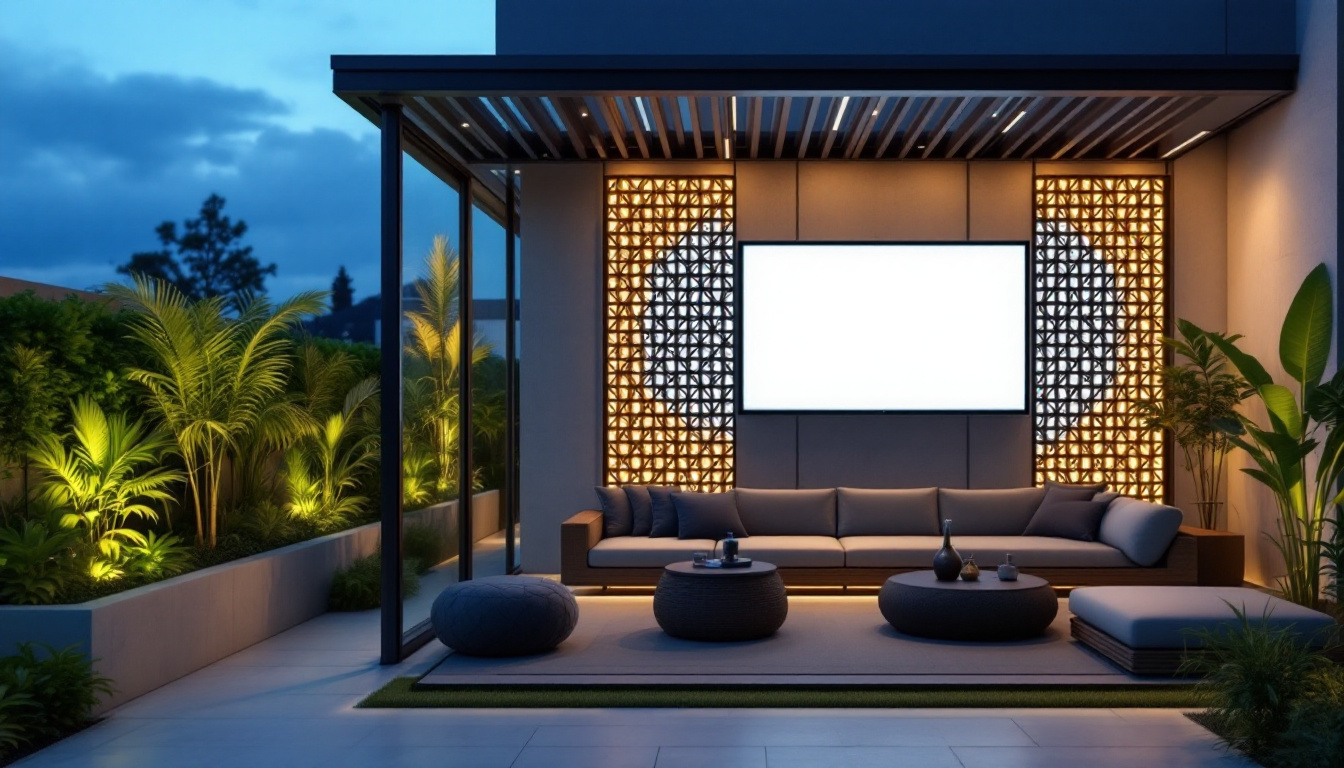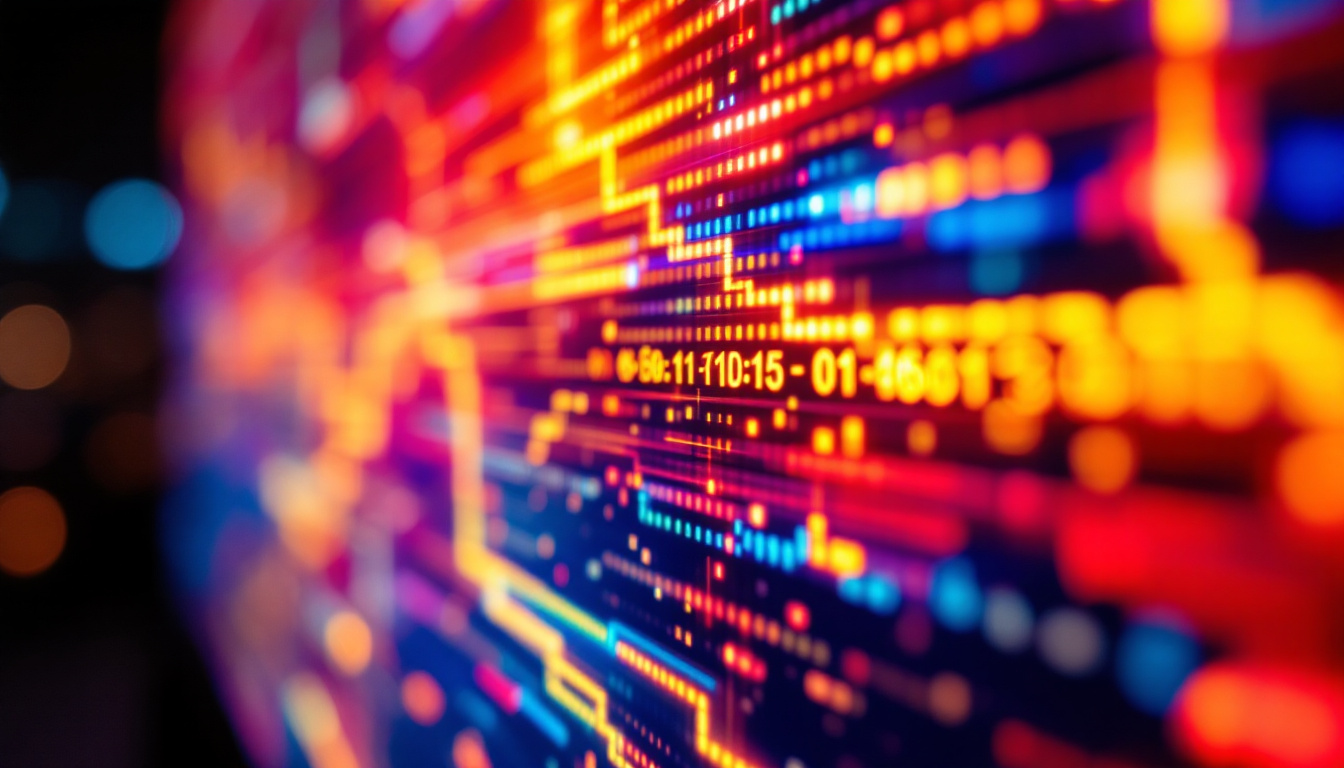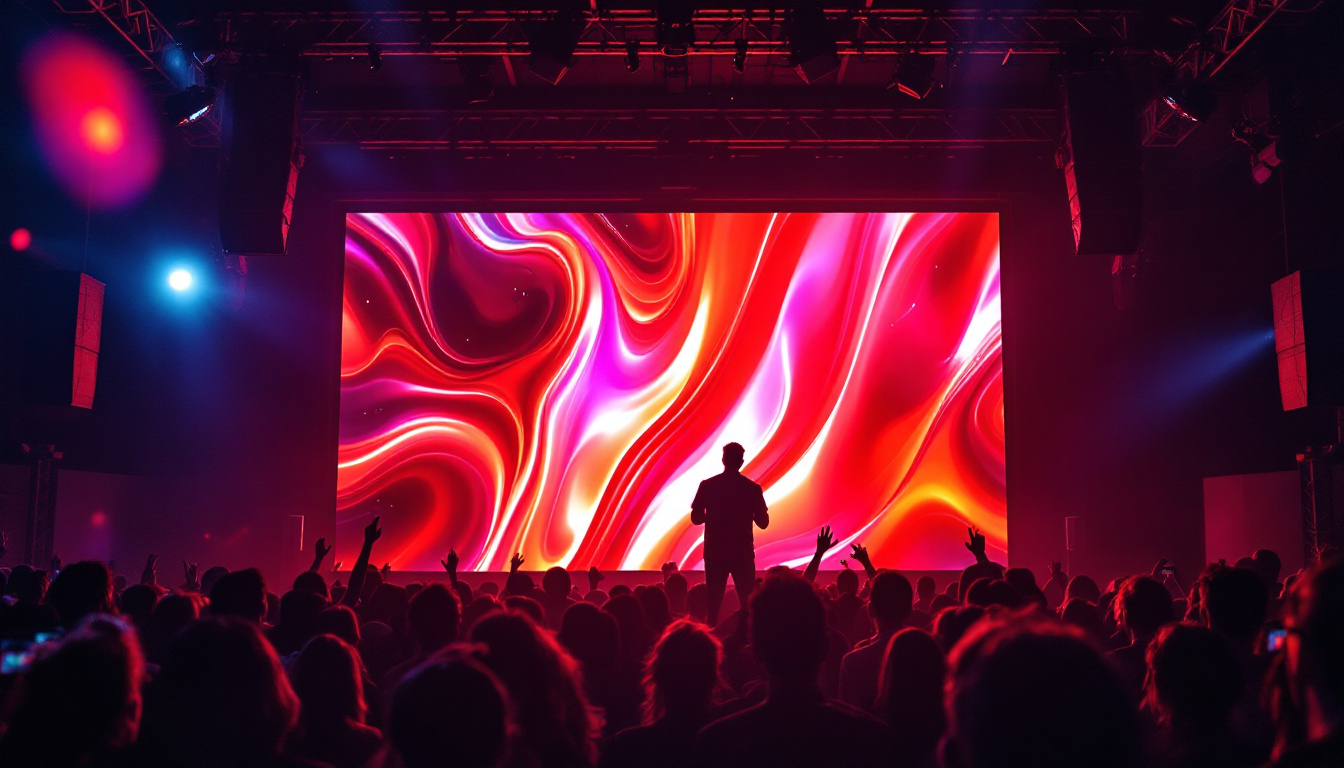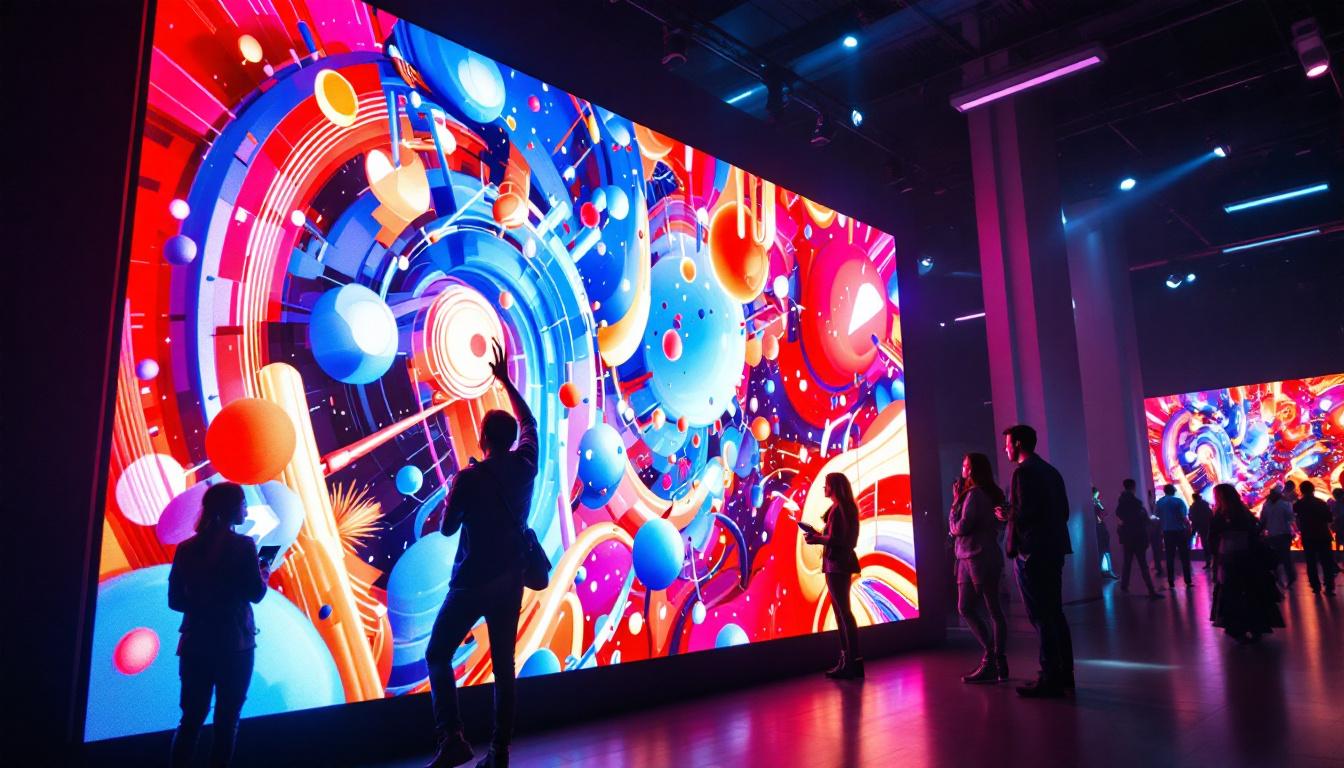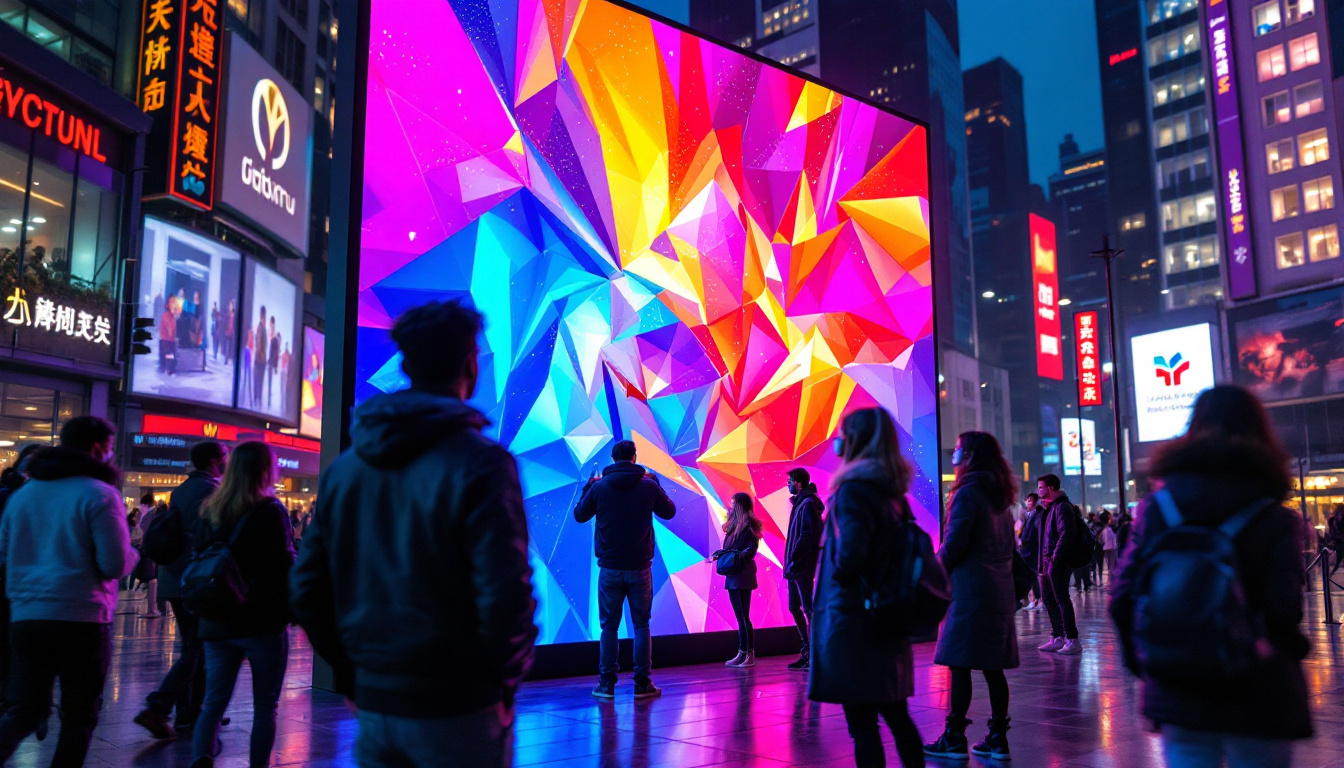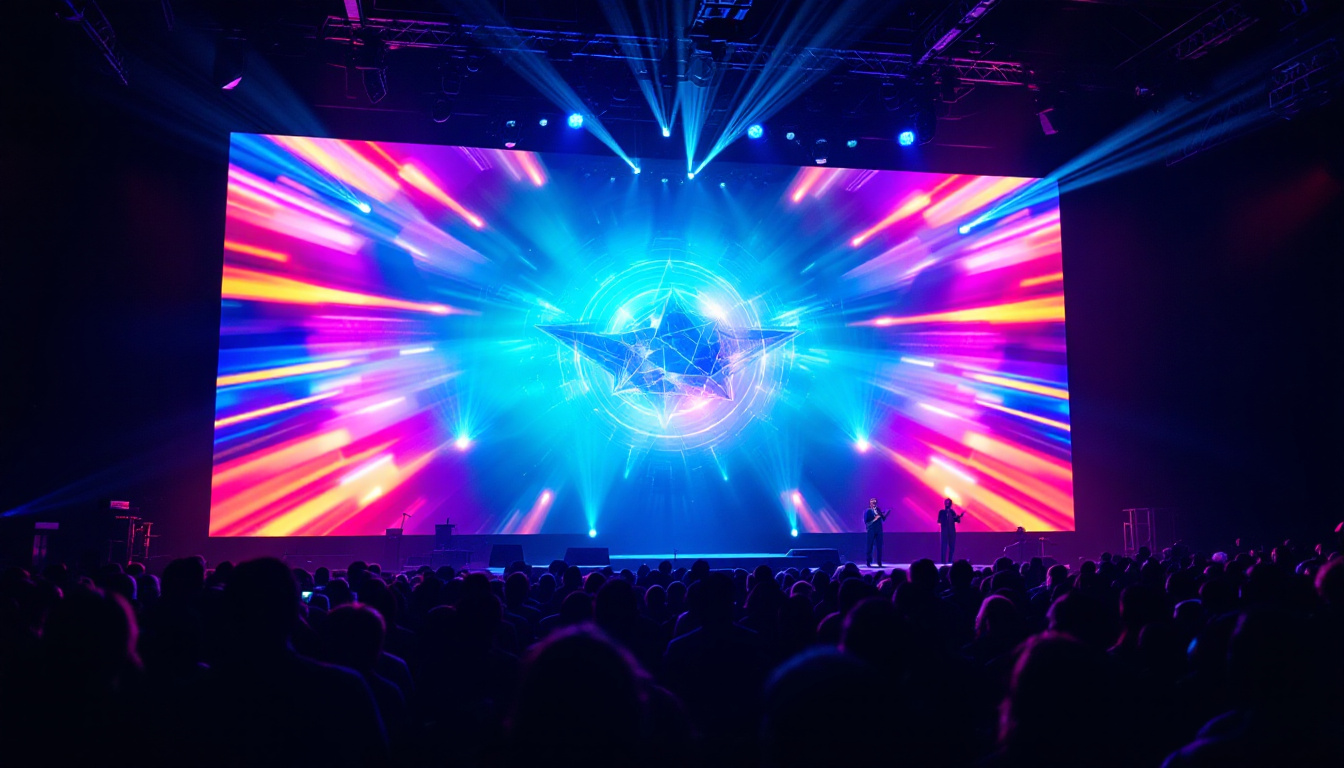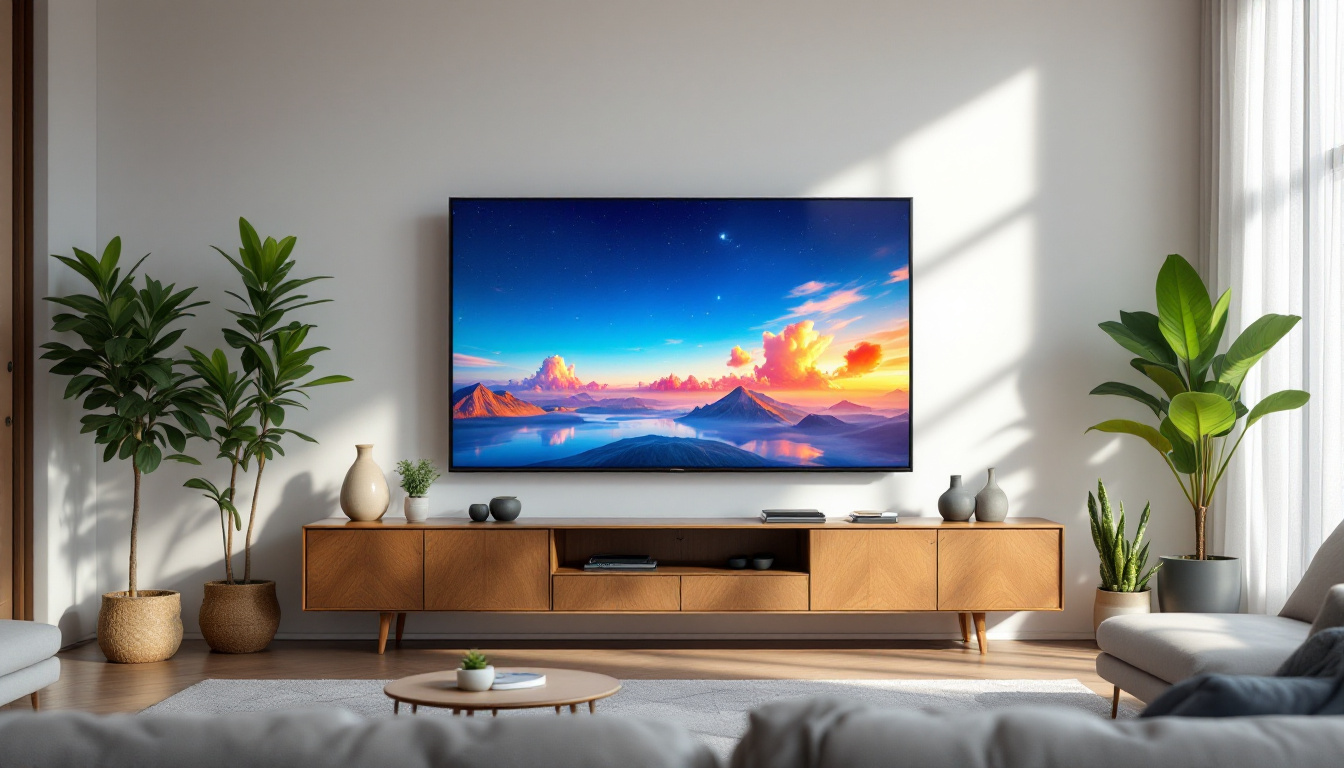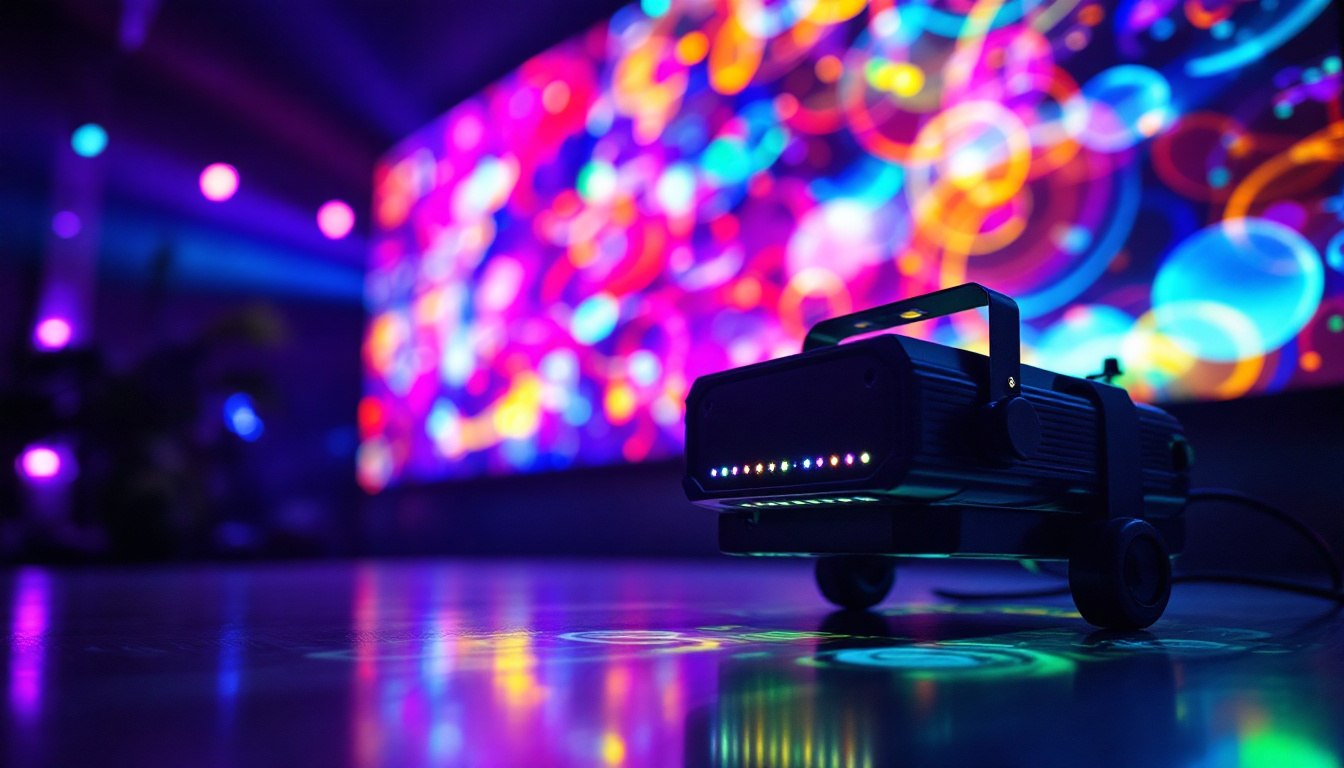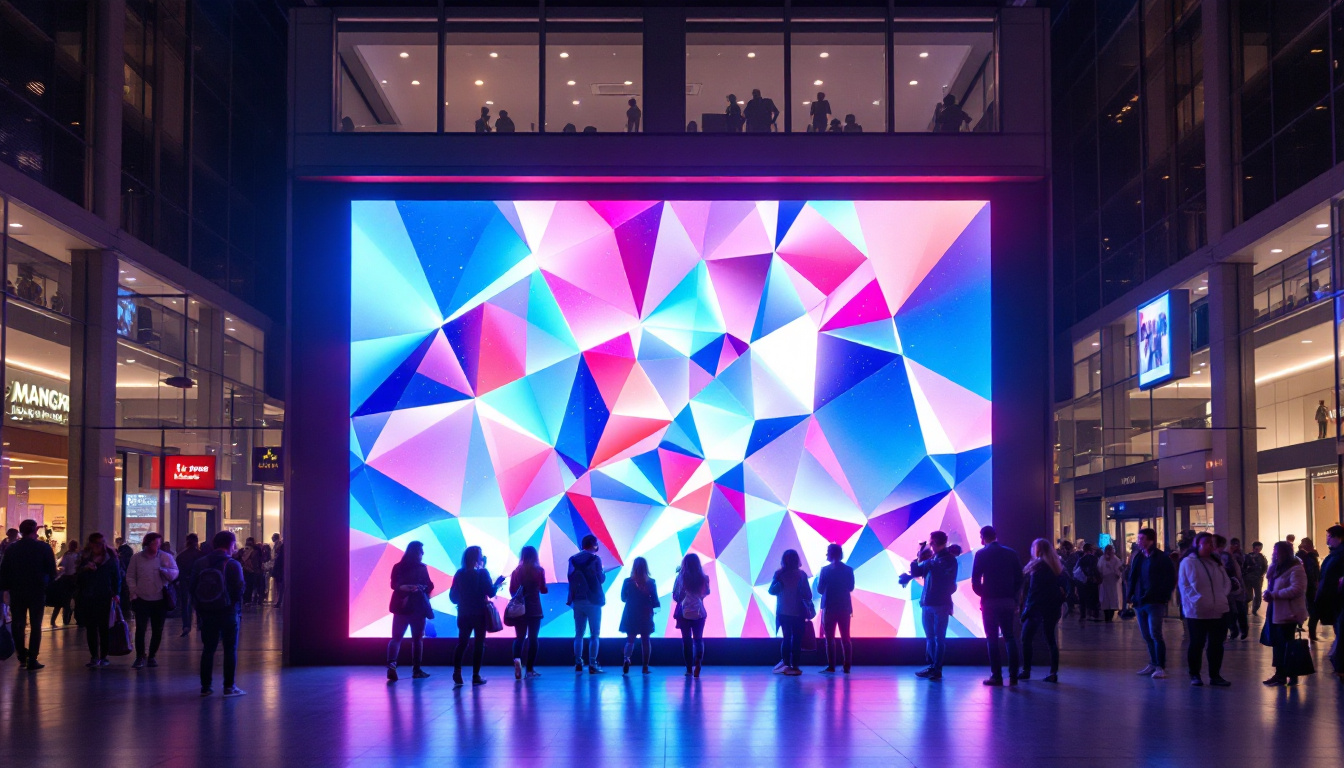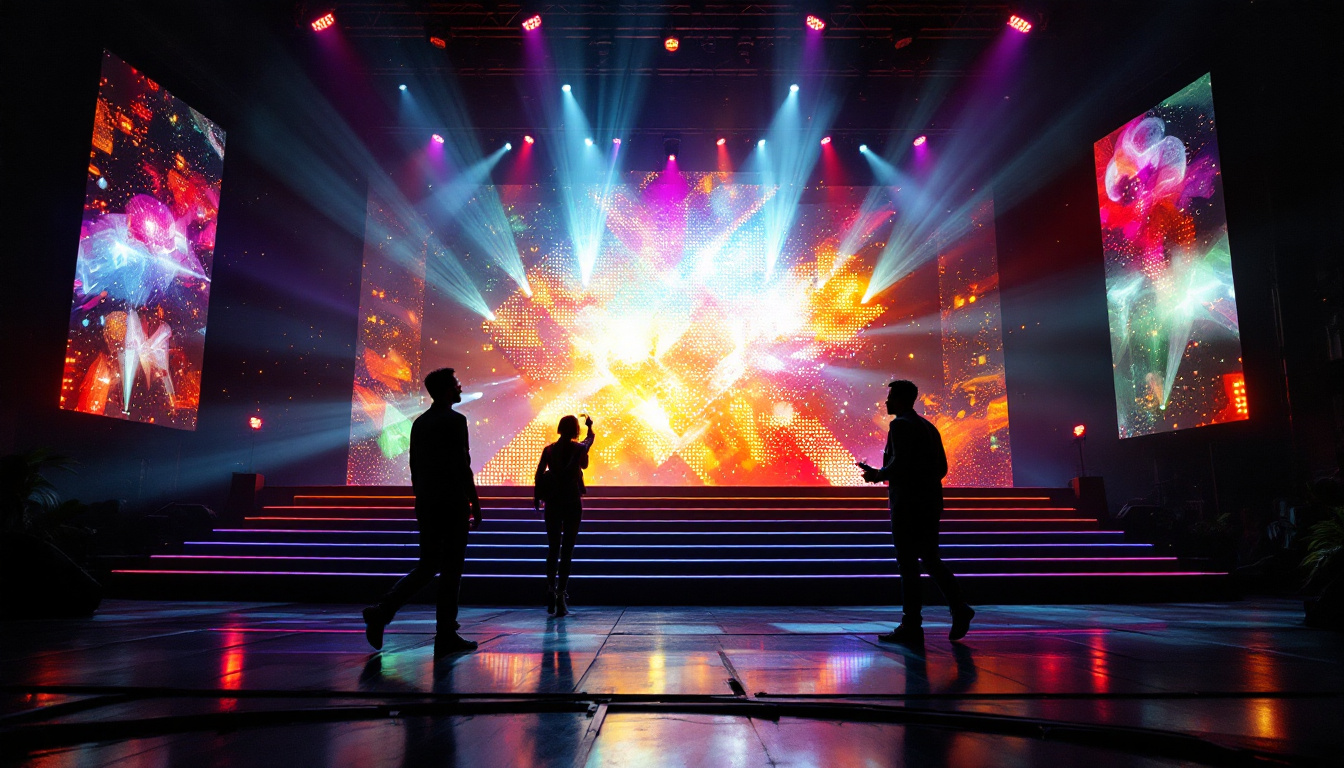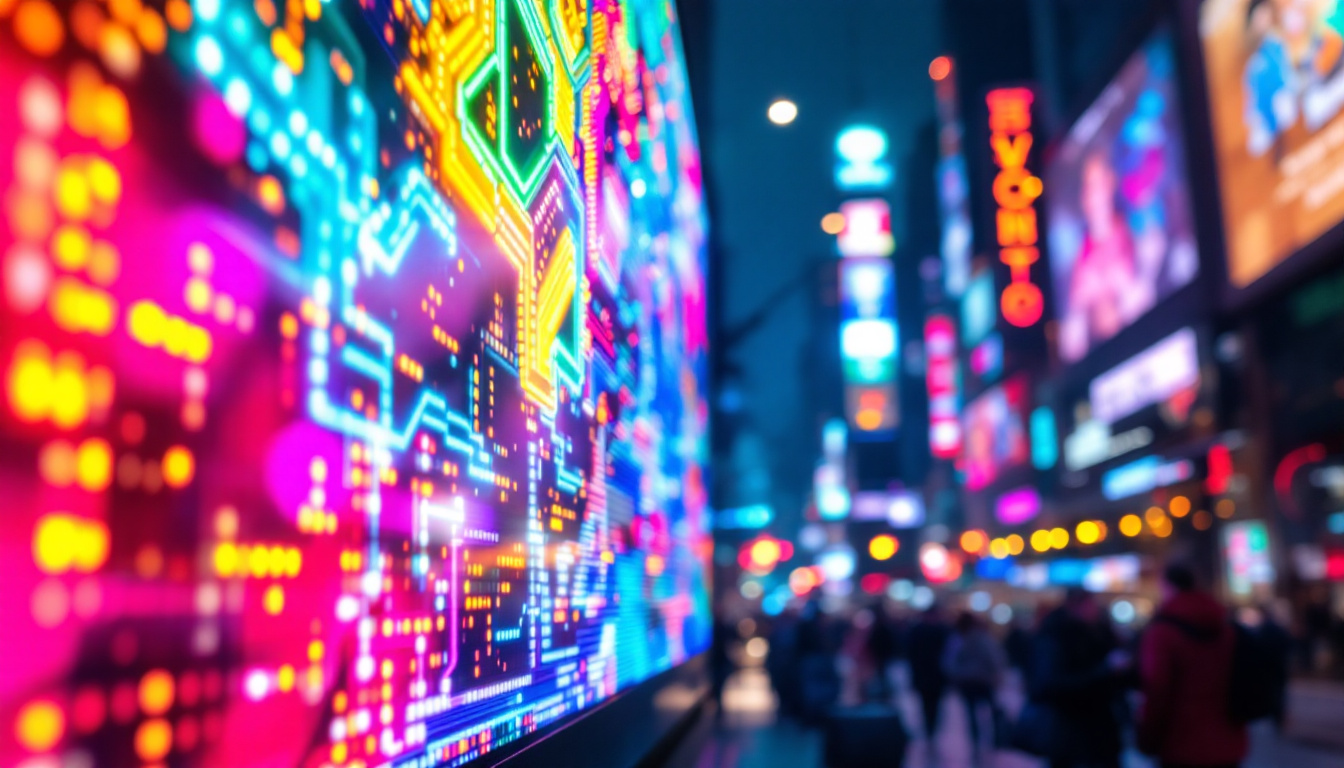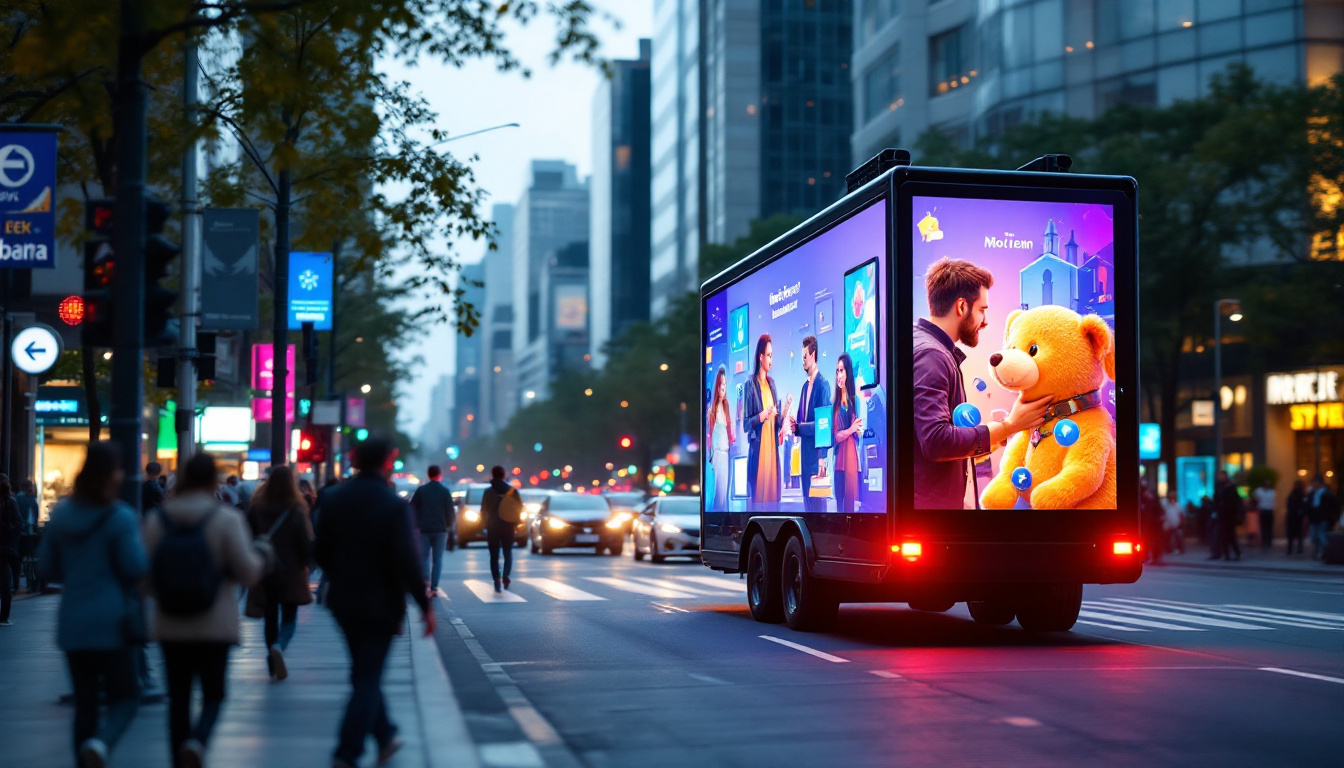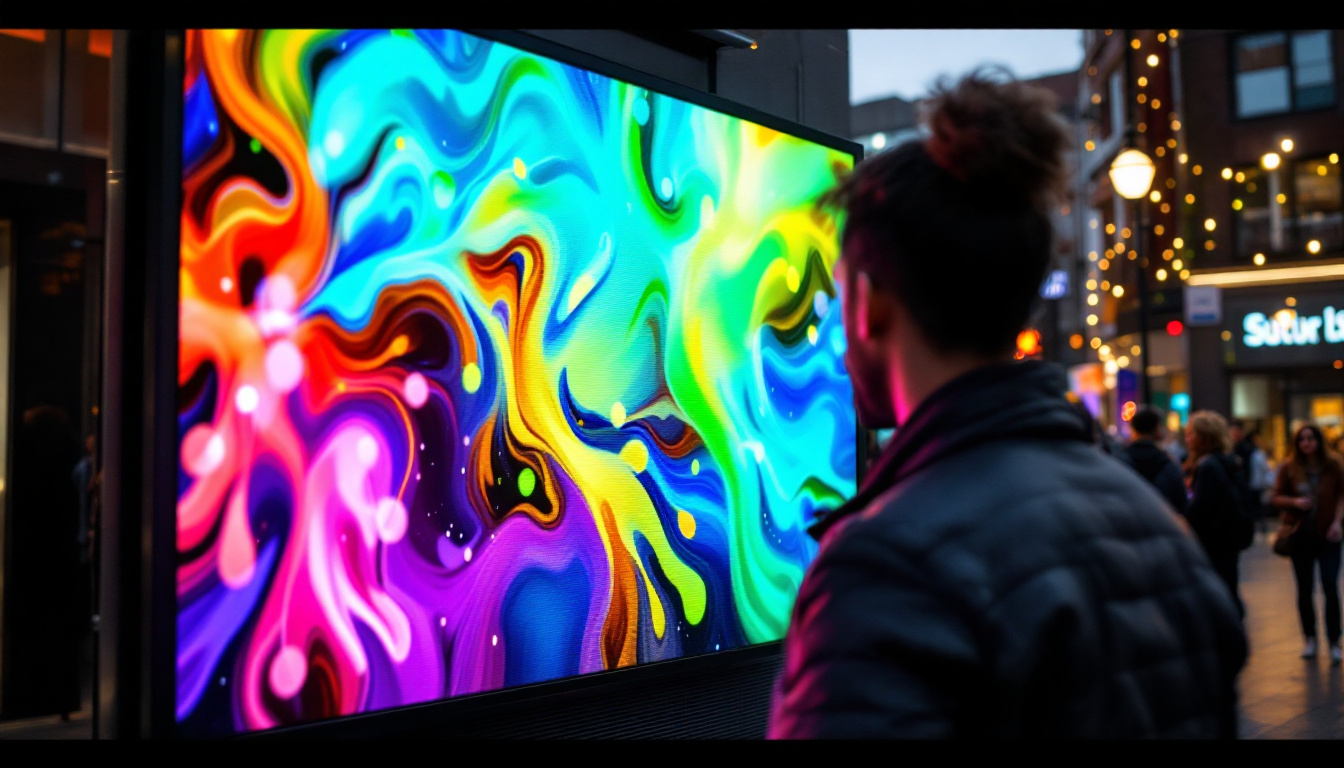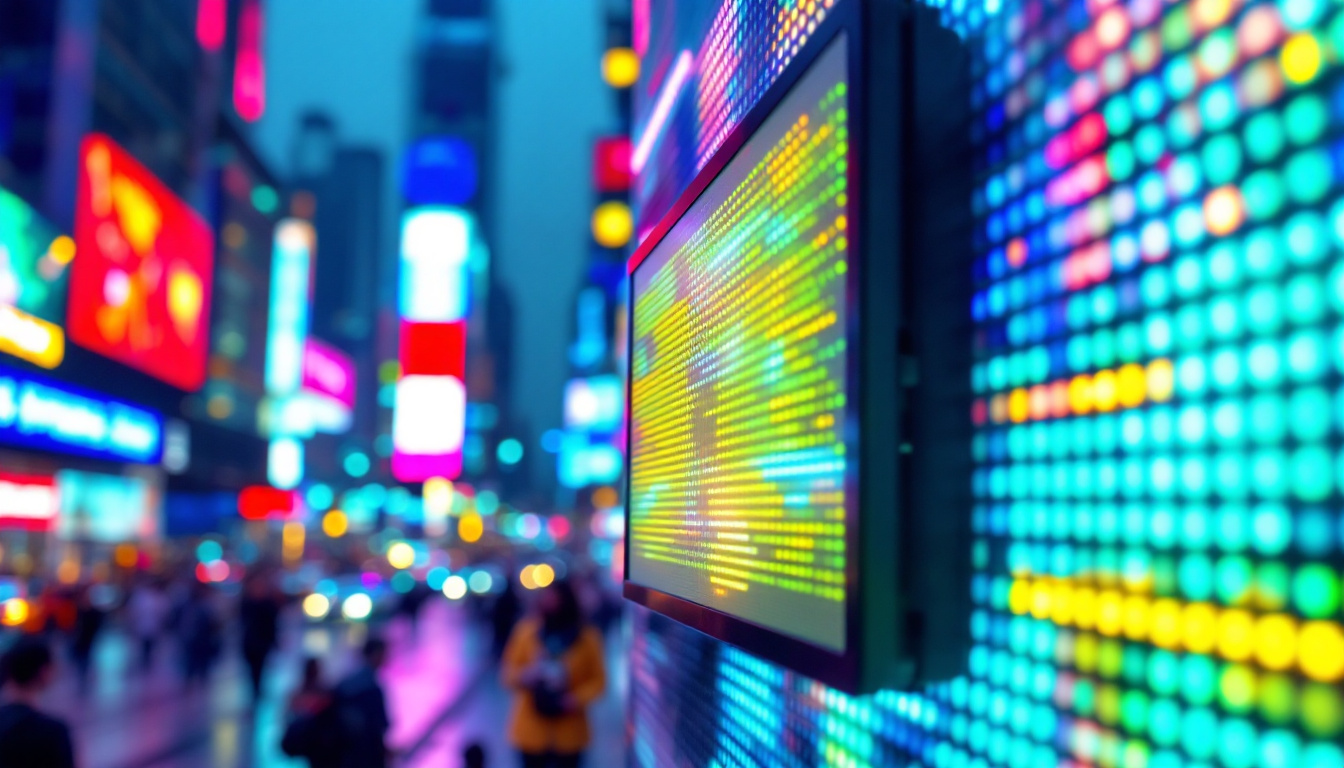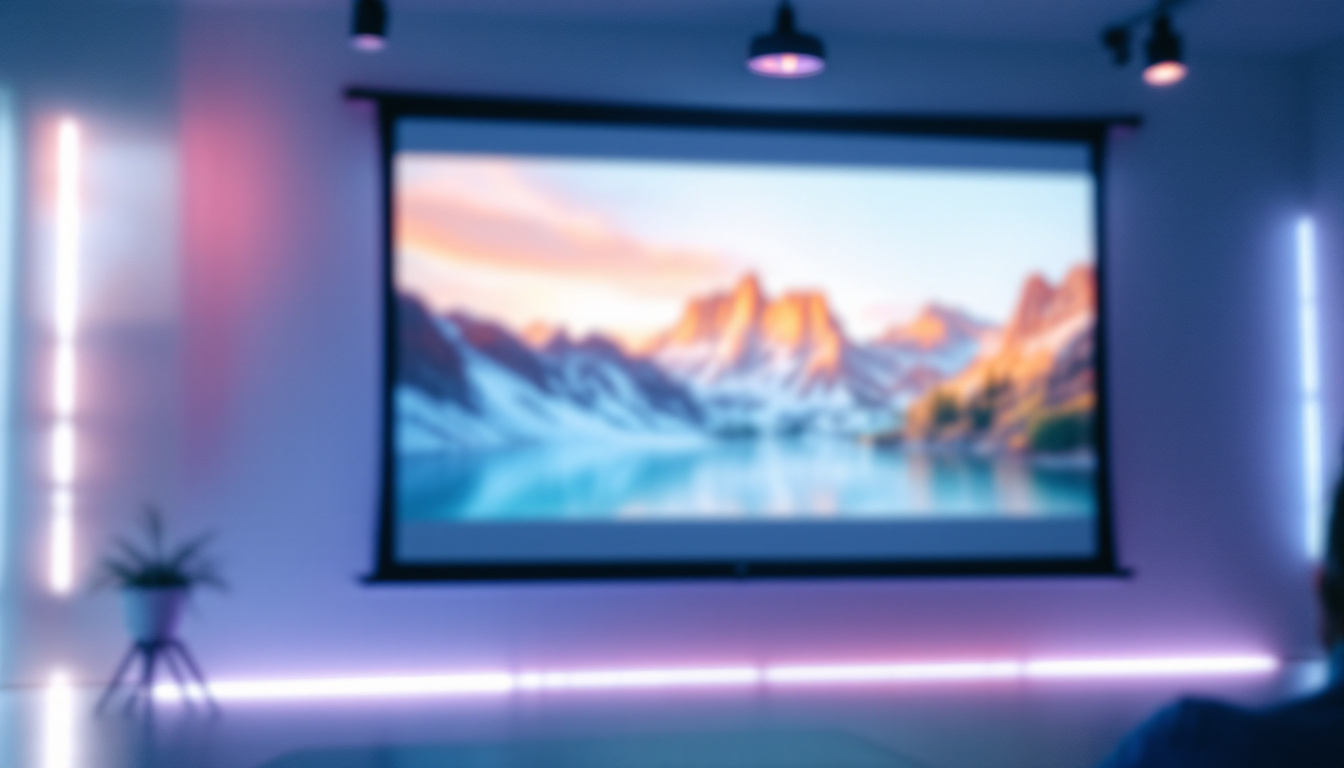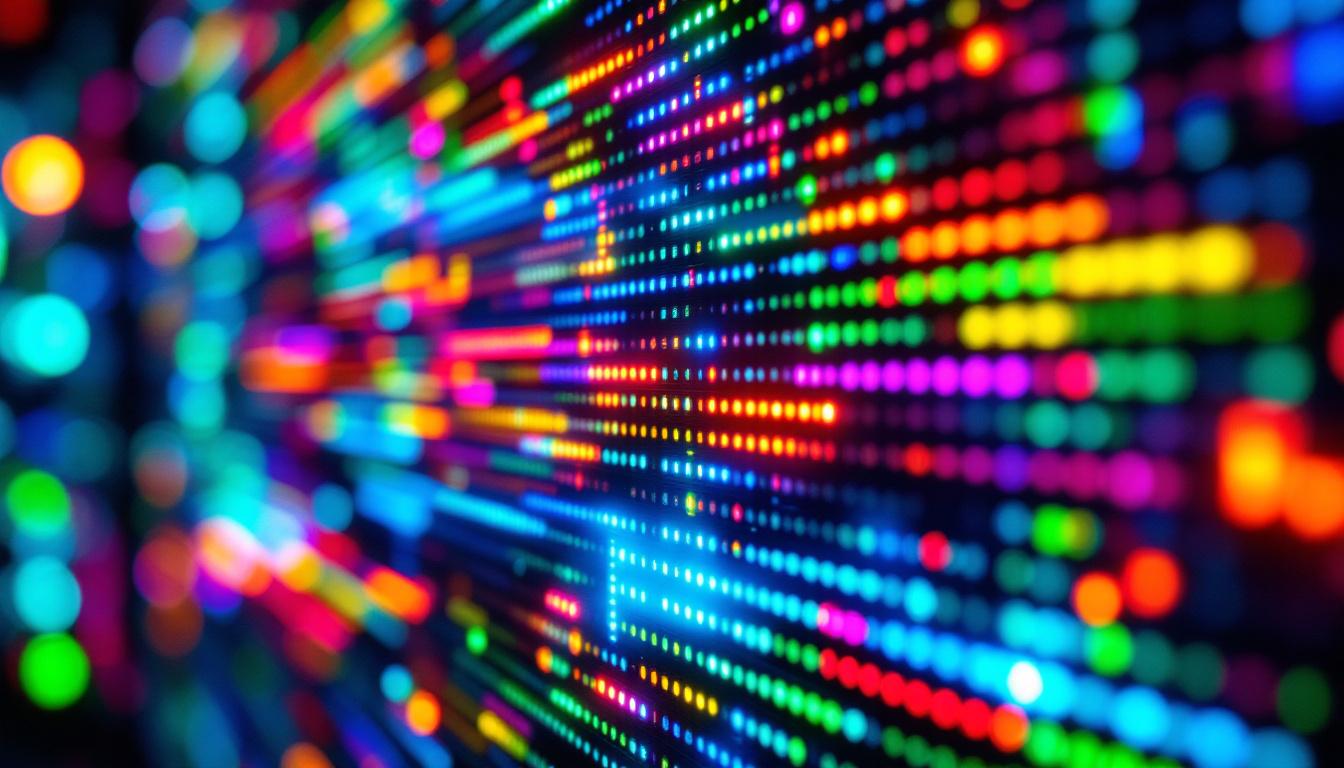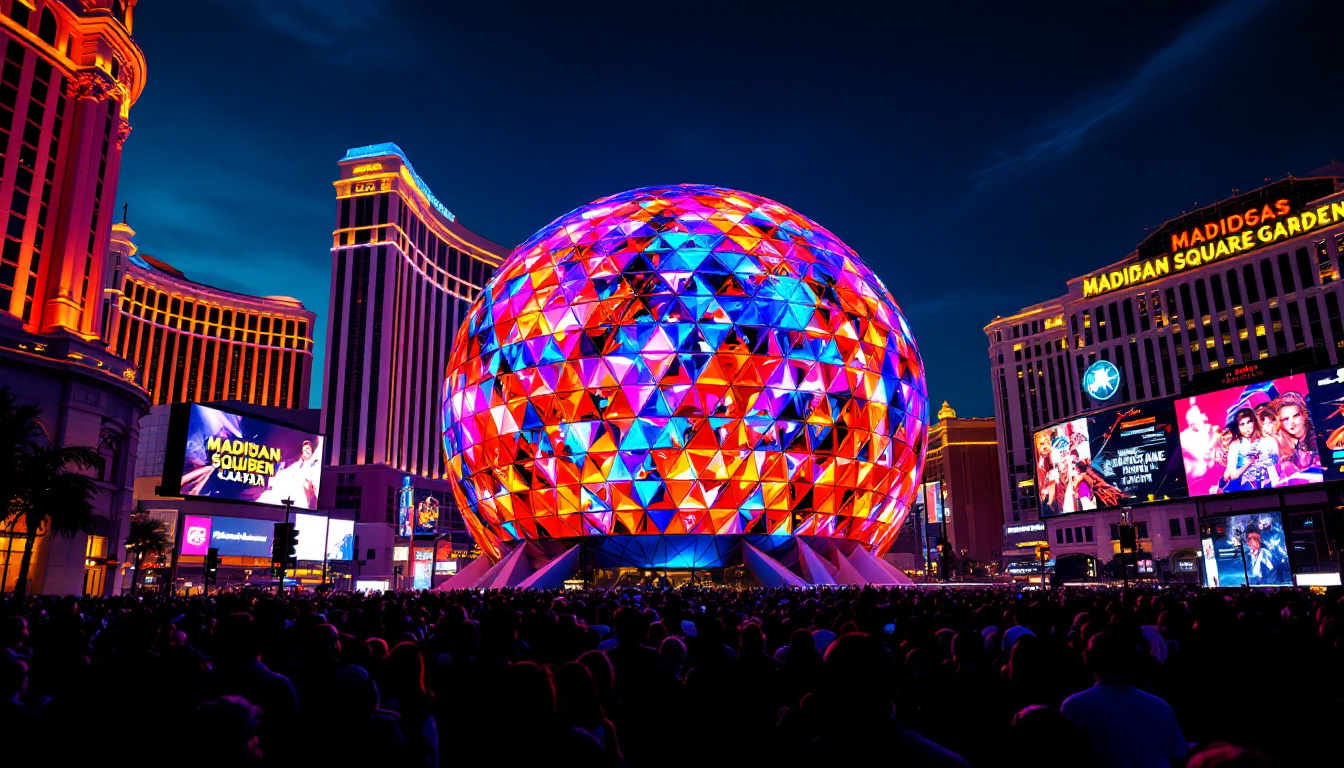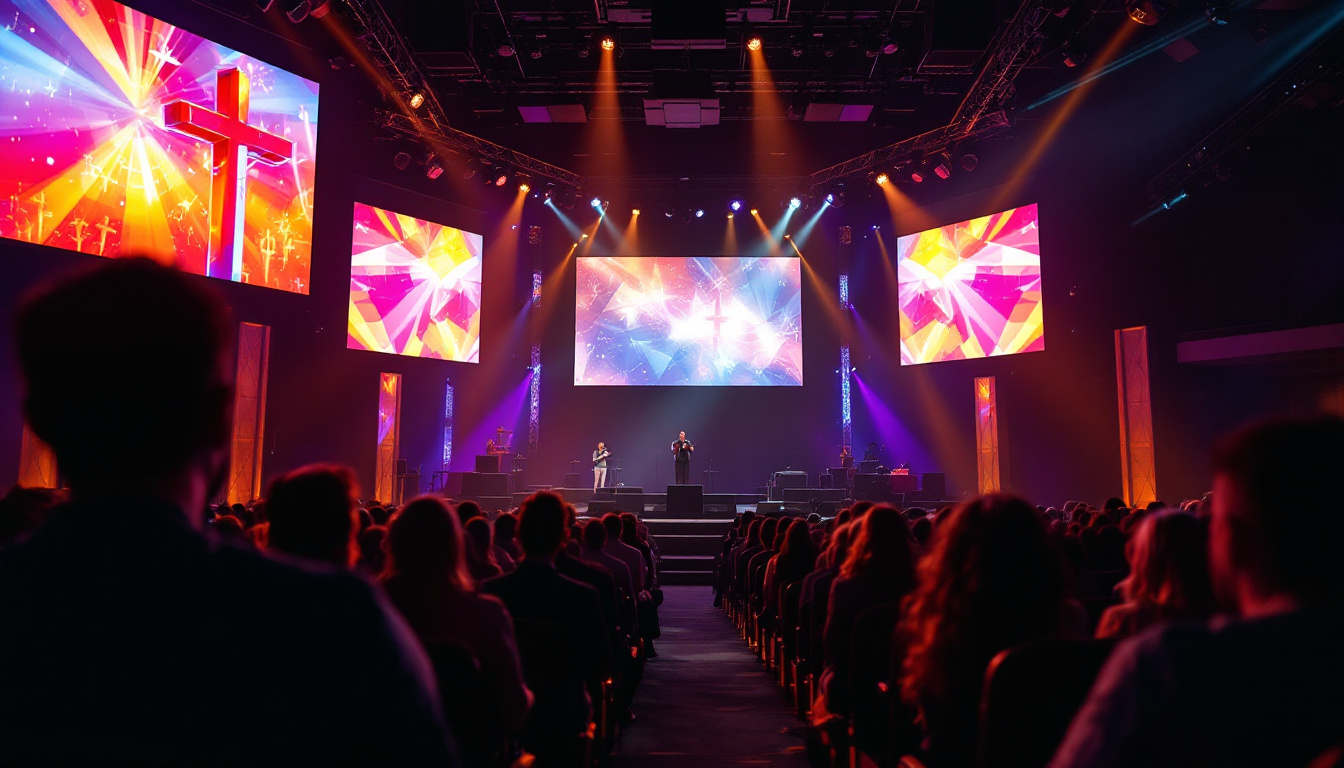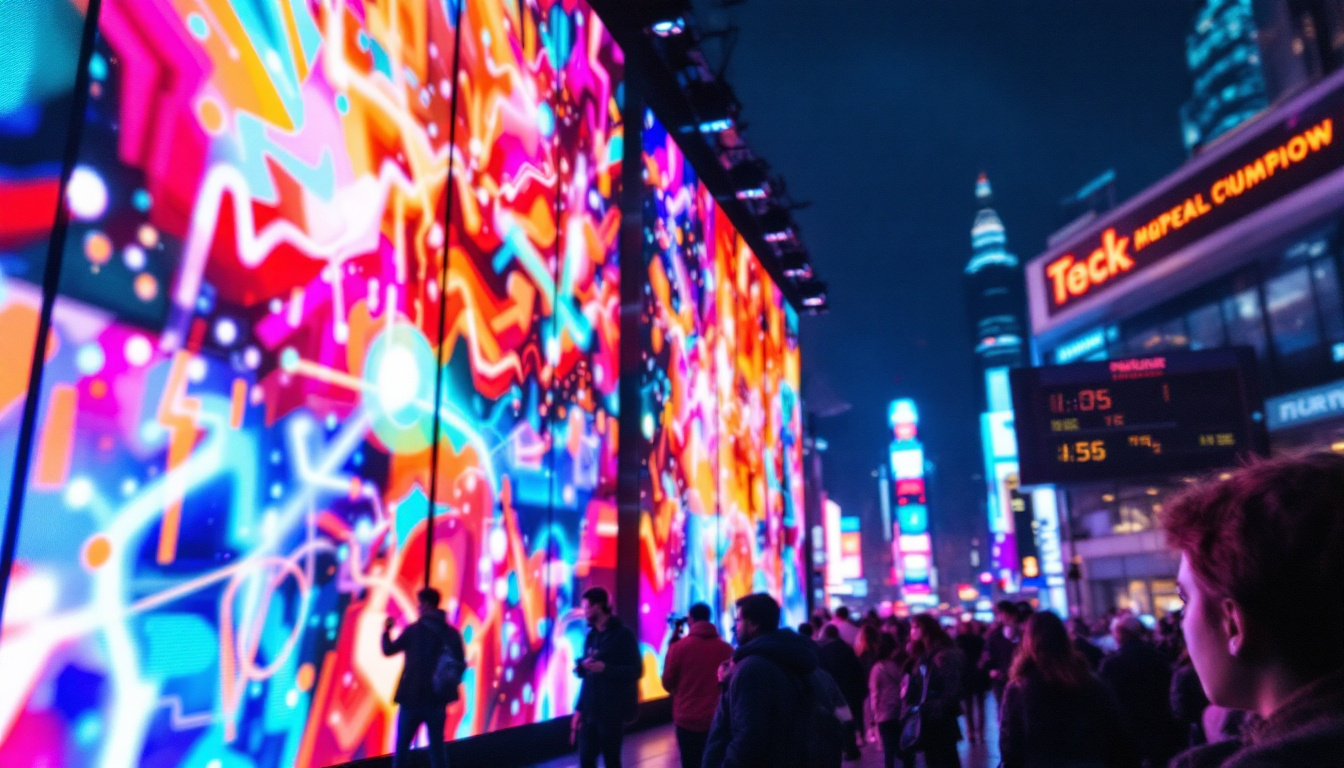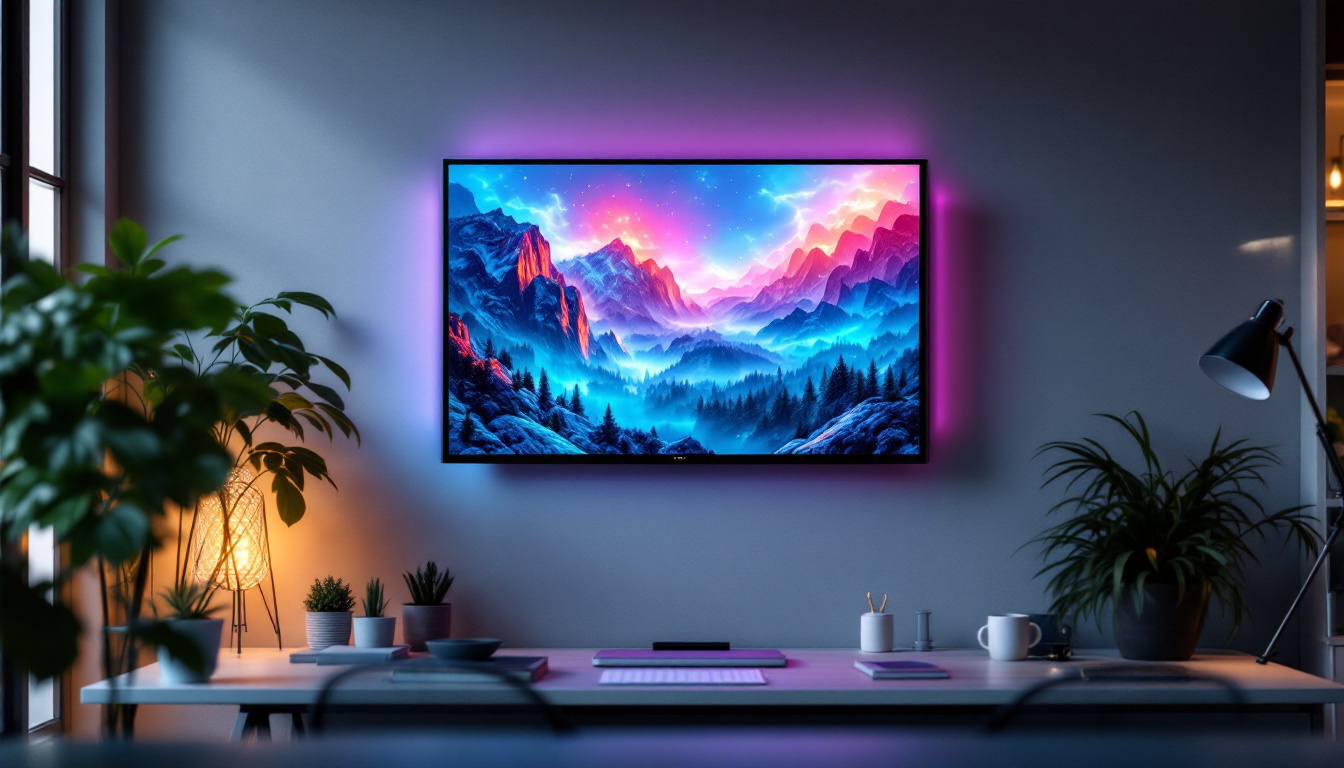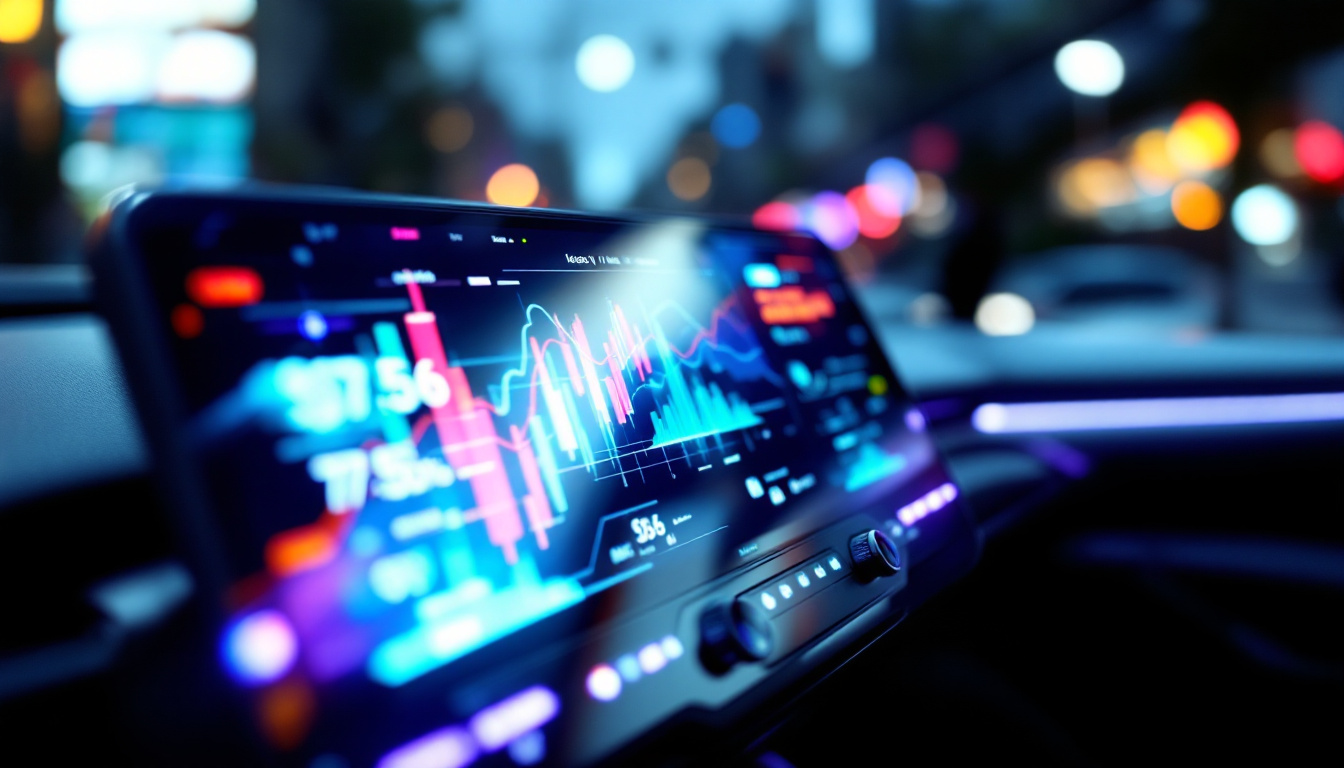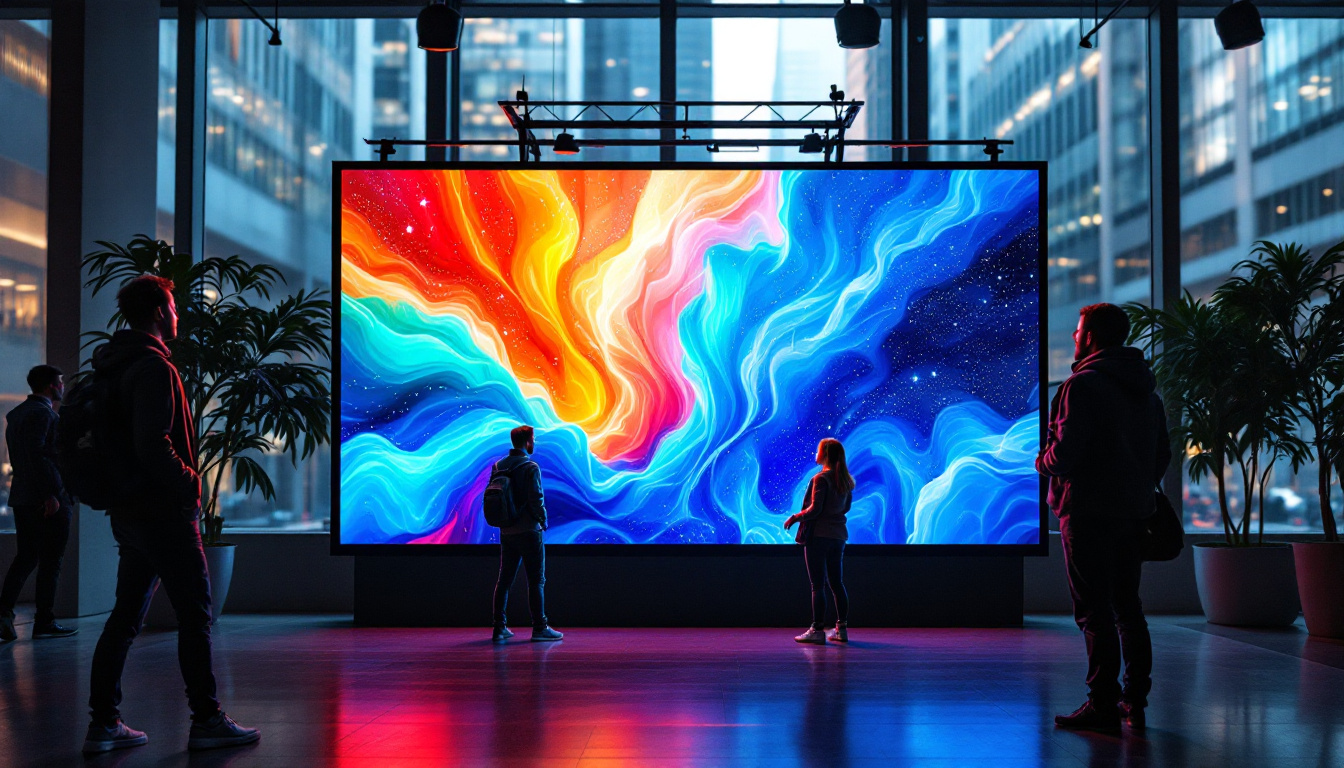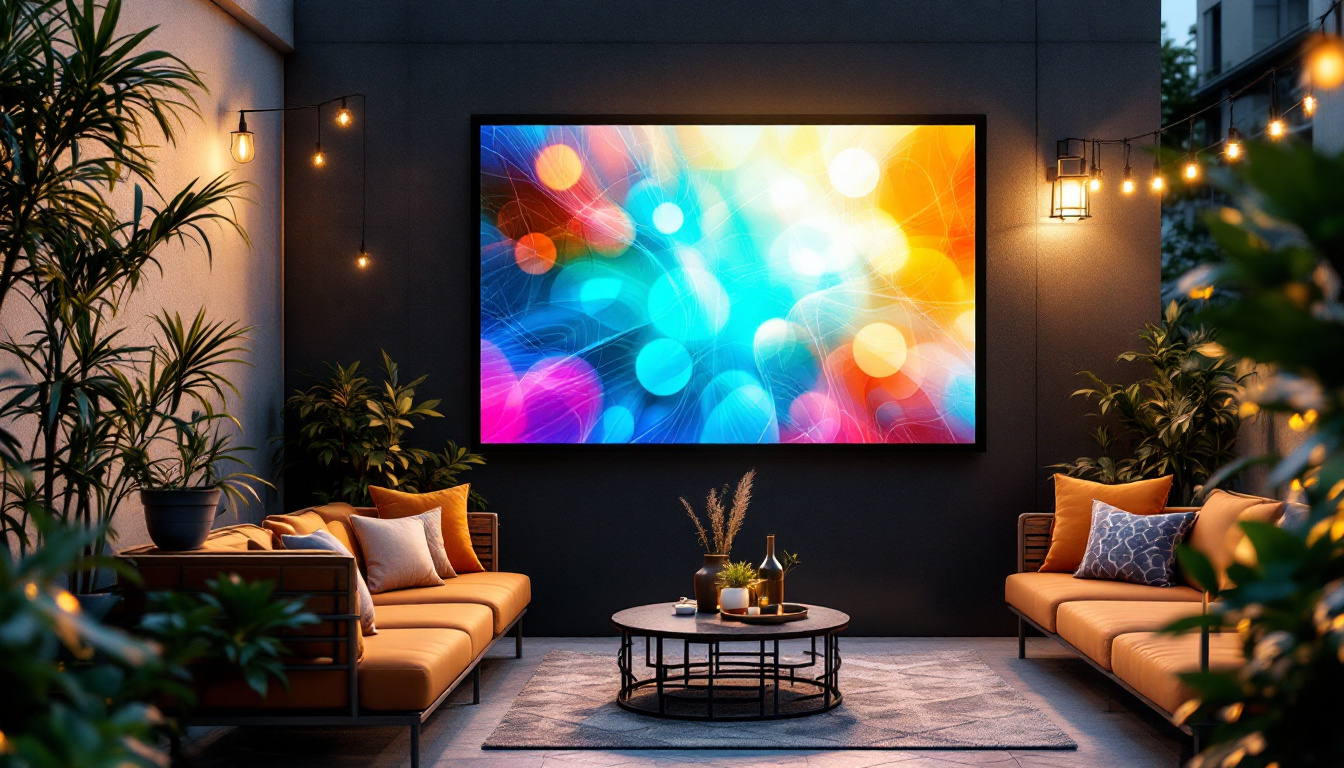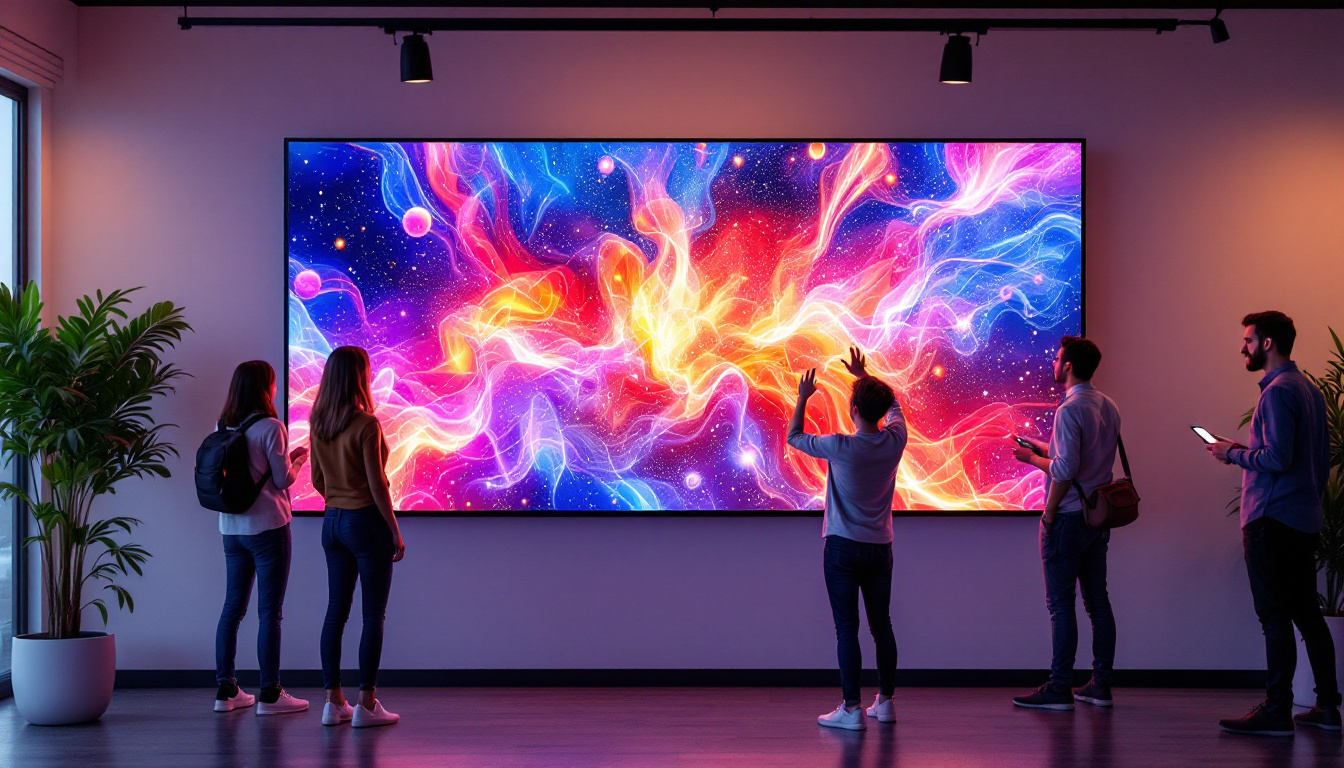In today’s fast-paced world, electronic display screens have become an integral part of our daily lives. Among various display technologies, LED (Light Emitting Diode) displays have gained immense popularity due to their versatility, energy efficiency, and vibrant visual quality. This article delves into the intricacies of LED displays, exploring their technology, applications, advantages, and future trends.
Understanding LED Technology
LED technology is rooted in the principles of electroluminescence, where certain materials emit light when an electric current passes through them. This phenomenon is harnessed in LED displays, which consist of numerous tiny LEDs arranged in a grid format. These LEDs can emit various colors by adjusting the intensity of the current flowing through them.
The Basics of LED Operation
At its core, an LED is a semiconductor device that converts electrical energy into light energy. When a voltage is applied, electrons recombine with holes in the semiconductor material, releasing energy in the form of photons. The color of the emitted light depends on the semiconductor material used. For instance, gallium nitride produces blue light, while gallium phosphide emits green light.
In an LED display, each pixel is made up of red, green, and blue (RGB) LEDs. By varying the intensity of these three colors, a full spectrum of colors can be produced. This RGB combination allows for the creation of vivid images and videos, making LED displays suitable for various applications.
Types of LED Displays
LED displays can be categorized into several types based on their construction and application:
- Direct View LED (DVLED): These displays are composed of individual LEDs that are directly visible to the viewer. They are commonly used in large outdoor billboards and digital signage.
- LED-backlit LCD: This type combines traditional LCD technology with LED backlighting, enhancing brightness and color accuracy. They are widely used in televisions and computer monitors.
- Organic LED (OLED): OLED displays use organic compounds to emit light, allowing for thinner screens and better contrast ratios. They are popular in smartphones and high-end televisions.
Applications of LED Displays
LED displays have found their way into various sectors, revolutionizing how information is presented and consumed. Their adaptability makes them suitable for numerous applications, ranging from advertising to entertainment.
Advertising and Digital Signage
One of the most prominent uses of LED displays is in advertising and digital signage. Businesses utilize large LED screens to capture attention and convey messages effectively. The high brightness and vibrant colors of LED displays ensure visibility even in direct sunlight, making them ideal for outdoor advertising.
Moreover, the ability to change content dynamically allows advertisers to tailor messages based on time, audience, or special events. This flexibility enhances engagement and can significantly boost brand visibility.
Entertainment and Events
In the entertainment industry, LED displays are ubiquitous. From concerts to sporting events, large LED screens are employed to provide audiences with immersive experiences. These displays can showcase live feeds, graphics, and animations, enriching the overall atmosphere of events.
Furthermore, LED technology has transformed the film and television industry. Studios use LED screens for virtual production, allowing filmmakers to create realistic backgrounds that respond to lighting changes in real-time. This innovation has streamlined the filmmaking process and enhanced visual storytelling.
Transportation and Public Information
LED displays are also extensively used in transportation systems. Train stations, airports, and bus terminals utilize LED screens to provide real-time information about arrivals, departures, and delays. The clarity and readability of LED displays ensure that passengers receive timely updates, enhancing their travel experience.
Additionally, LED displays are employed in traffic management systems, displaying crucial information such as speed limits, road conditions, and alerts. This application contributes to improved safety and efficiency on the roads.
Advantages of LED Displays
The popularity of LED displays can be attributed to several advantages they offer over traditional display technologies. Understanding these benefits is essential for businesses and consumers considering the switch to LED technology.
Energy Efficiency
One of the most significant advantages of LED displays is their energy efficiency. Compared to traditional incandescent or fluorescent displays, LEDs consume considerably less power. This efficiency translates into lower electricity bills and a reduced carbon footprint, making them an environmentally friendly choice.
Moreover, LED displays generate less heat, which can prolong their lifespan and reduce the need for additional cooling systems in large installations. This combination of energy savings and longevity makes LED technology a cost-effective investment in the long run.
High Brightness and Contrast
LED displays are known for their exceptional brightness levels, making them suitable for various lighting conditions. Whether in bright sunlight or dimly lit environments, LED displays maintain visibility and clarity. This characteristic is particularly beneficial for outdoor applications, where sunlight can wash out other display types.
Additionally, LED technology offers superior contrast ratios, resulting in deeper blacks and more vibrant colors. This quality enhances the overall visual experience, making LED displays ideal for entertainment and advertising.
Durability and Longevity
LED displays are built to withstand harsh conditions, making them highly durable. They are resistant to shock, vibration, and temperature fluctuations, which is crucial for outdoor installations. Unlike traditional displays that may suffer from screen burn-in or degradation over time, LED displays maintain their performance for years with minimal maintenance.
The longevity of LED technology means fewer replacements and repairs, further contributing to its cost-effectiveness. Many LED displays come with warranties that guarantee performance for several years, providing peace of mind for users.
Challenges and Considerations
Despite their numerous advantages, LED displays are not without challenges. Understanding these considerations is essential for making informed decisions about their use and implementation.
Initial Investment Costs
While LED displays offer long-term savings, the initial investment can be significant. High-quality LED screens, especially large-scale installations, may require a substantial upfront cost. Businesses must weigh this investment against potential returns and consider their budget constraints.
However, as technology advances and production processes improve, the costs of LED displays have been steadily decreasing. This trend is making LED technology more accessible to a broader range of consumers and businesses.
Color Calibration and Consistency
Another challenge with LED displays is the need for proper color calibration. Variations in manufacturing can lead to inconsistencies in color reproduction, affecting the overall quality of the display. Regular calibration is essential to ensure that colors remain accurate and consistent over time.
For applications where color accuracy is critical, such as graphic design or photography, investing in professional calibration services may be necessary. This consideration adds to the overall maintenance costs associated with LED displays.
Environmental Impact of Manufacturing
While LED displays are energy-efficient during their operation, the manufacturing process can have environmental implications. The production of LEDs involves the use of hazardous materials, and improper disposal can lead to pollution. It is essential for manufacturers to adopt sustainable practices and for consumers to consider the lifecycle of their displays.
Efforts are being made to improve the sustainability of LED technology, including recycling programs and the development of eco-friendly materials. As awareness of environmental issues grows, consumers are increasingly seeking out products that align with their values.
The Future of LED Displays
The future of LED displays is promising, with ongoing advancements in technology and applications. As industries continue to evolve, LED technology is expected to play a pivotal role in shaping the way we interact with visual content.
Innovations in Display Technology
One of the most exciting developments in LED technology is the emergence of MicroLED displays. These displays utilize microscopic LEDs to create high-resolution images with incredible brightness and color accuracy. MicroLED technology holds the potential to revolutionize televisions and other display devices, offering a superior viewing experience.
Additionally, advancements in flexible LED technology are paving the way for innovative applications. Flexible LED screens can be bent and shaped to fit various surfaces, enabling creative installations in architecture and design. This versatility opens new avenues for artistic expression and functional displays.
Integration with Smart Technologies
The integration of LED displays with smart technologies is another trend to watch. As the Internet of Things (IoT) continues to expand, LED displays are likely to become more interconnected, enabling real-time data sharing and dynamic content updates. This integration can enhance user experiences in retail, transportation, and other sectors.
Moreover, the rise of augmented reality (AR) and virtual reality (VR) technologies presents exciting opportunities for LED displays. Combining these technologies can create immersive environments that blur the lines between the digital and physical worlds, transforming how information is presented and consumed.
Focus on Sustainability
As environmental concerns become increasingly prominent, the focus on sustainability in LED display production and disposal will intensify. Manufacturers are likely to prioritize eco-friendly materials and processes, while consumers will demand transparency regarding the environmental impact of their purchases.
Recycling programs and initiatives to reduce waste will play a crucial role in the future of LED displays. By promoting responsible consumption and disposal practices, the industry can contribute to a more sustainable future.
Conclusion
LED displays have revolutionized the way information is presented and consumed across various sectors. Their energy efficiency, high brightness, and durability make them an attractive option for businesses and consumers alike. While challenges exist, ongoing advancements in technology and a focus on sustainability are shaping a bright future for LED displays.
As industries continue to embrace LED technology, the potential for innovation and creativity is limitless. From advertising to entertainment, LED displays will remain at the forefront of visual communication, enhancing our experiences in ways we have yet to imagine.
Discover LumenMatrix LED Display Solutions
Ready to elevate your visual communication with the latest in LED display technology? LumenMatrix is at the forefront of innovation, offering a wide array of LED display modules designed to bring your brand to life. From Indoor and Outdoor LED Wall Displays to specialized solutions like Vehicle LED Displays, LED Sports Displays, and even Custom LED Displays, we have the tools to create immersive and engaging experiences. Embrace the future of advertising and entertainment with our cutting-edge solutions. Check out LumenMatrix LED Display Solutions today and transform the way you connect with your audience.

